Home>Ideas and Tips>Backyard Fruit Tree Espalier Technique Space-Saving Orchard
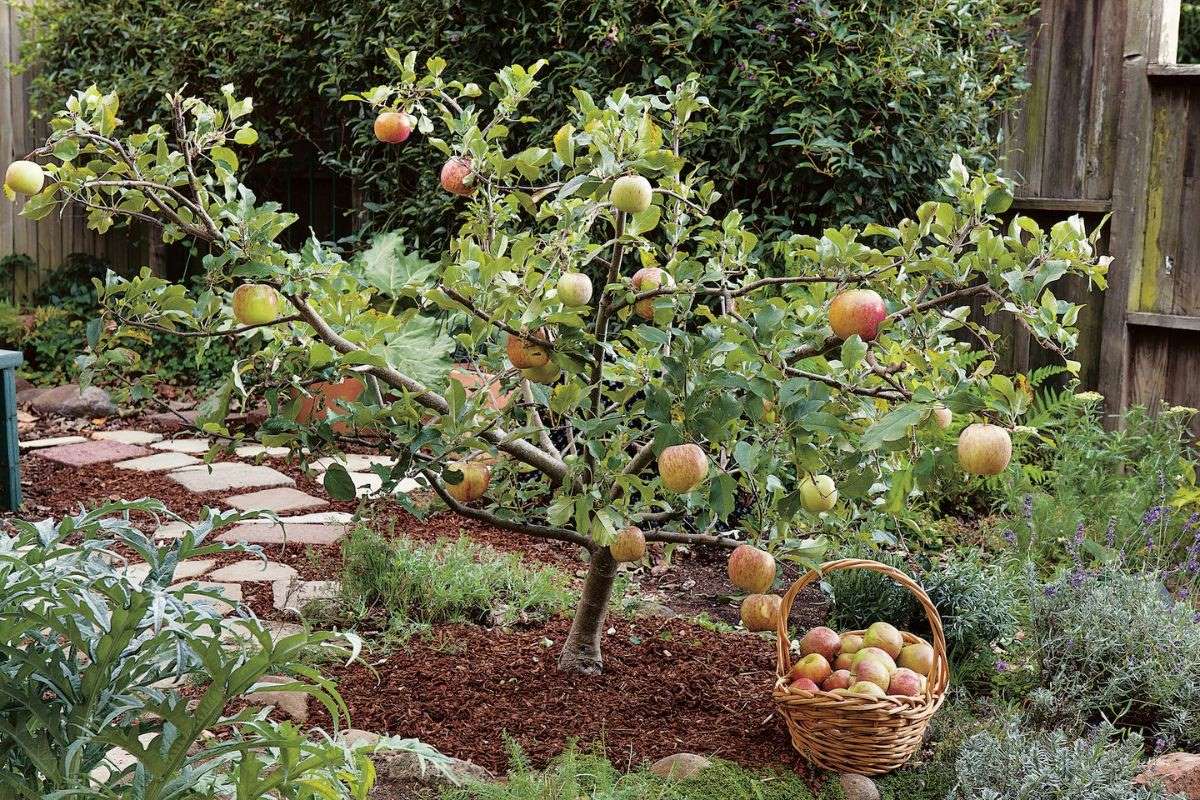

Ideas and Tips
Backyard Fruit Tree Espalier Technique Space-Saving Orchard
Modified: November 2, 2024
Learn the art of espalier to create a space-saving, productive, and visually stunning backyard orchard. Perfect for small gardens and urban spaces.
(Many of the links in this article redirect to a specific reviewed product. Your purchase of these products through affiliate links helps to generate commission for Storables.com, at no extra cost. Learn more)
In the quest for a productive and visually appealing backyard orchard, few techniques offer as much promise as espalier. This ancient horticultural method, originating from medieval Europe, involves training fruit tree branches to grow in a flat plane against a wall or fence. The result is not only a space-saving solution but also a stunning display of living art that maximizes sunlight exposure and fruit production.
Benefits of Espalier Gardening
Read more: Starting A Backyard Orchard With Fruit Trees
Space-Saving
One of the most significant advantages of espalier gardening is its ability to save space. By training the branches of a fruit tree to grow flat against a wall or fence, you can make the most out of limited garden space. This technique is particularly beneficial for urban gardens or small backyards where traditional orchard layouts may not be feasible.
Aesthetic Appeal
Espalier trees are not just functional; they are also visually stunning. The carefully pruned branches and artistic designs create a living work of art that enhances the visual appeal of your outdoor space. Whether you choose a simple horizontal cordon or an intricate Belgian fence design, the possibilities are endless, making espalier a perfect choice for those who want both beauty and productivity in their garden.
Productive Yield
Despite their compact size, espalier trees are surprisingly prolific when it comes to fruit production. The controlled growth and careful pruning ensure that each branch receives optimal sunlight exposure and airflow, resulting in healthier trees and a bumper crop of delicious fruits. This method allows for better light penetration, which is crucial for photosynthesis and fruit development, leading to increased yields.
Easy Maintenance
While espalier trees may seem daunting at first, they are relatively easy to maintain once properly trained. Regular pruning and tying of branches keep the tree in control, reducing the risk of disease and making it easier to care for your trees. This controlled growth also promotes better air circulation, which is essential for healthy fruit production.
Choosing the Right Fruit Trees for Espalier
Not all fruit trees are suitable for espalier training. When selecting a tree, consider factors such as disease resistance, growth habit, and fruiting characteristics. Here are some of the best fruit tree varieties for espalier:
Stone Fruits
Stone fruits like peaches and nectarines can be easily shaped into fan patterns. These patterns not only look aesthetically pleasing but also maximize sun exposure, promoting healthier fruit production. Fan shape espaliered peach tree tutorials are available online, providing step-by-step instructions for creating this beautiful design.
Apples and Pears
Apples and pears are among the best choices for espalier training due to their flexible branches and ability to adapt to various patterns. You can train them into horizontal cordons, fan shapes, candelabra designs, or other creative patterns. The versatility of these trees makes them ideal for espalier.
Citrus Trees
For warmer climates, citrus trees such as lemons and oranges are fantastic choices for espalier. These trees thrive in fan shape espaliers, providing both a visual and aromatic delight. Their compact size makes them perfect for small gardens where space is limited.
Read more: What Is The Best Fertilizer For Fruit Trees
Pomegranates
Pomegranates can be espaliered into cordon or candelabra shapes, adding a touch of elegance to any garden wall. Their beautiful, large fruits make them a stunning addition to any espaliered garden.
Figs
Figs are especially forgiving and can thrive in fan or cordon designs. This helps manage their typically vigorous growth, making them an excellent choice for those new to espalier gardening.
How to Train an Espalier Tree
Training an espalier tree requires dedication and patience, but with the right techniques, you can create a stunning and productive garden.
Pruning
Pruning is a crucial aspect of espalier gardening. The best time for pruning is during the dormant season, which is late winter to early spring, before new growth begins. This timing allows you to shape the tree’s structure while minimizing stress and promoting vigorous growth once the growing season starts.
- Remove Unwanted Branches: Remove any unwanted branches, suckers, or water sprouts. Selectively prune to encourage lateral branching and the desired espalier form.
- Encourage Lateral Branching: Prune the tree to encourage lateral branching. This will help create a balanced and symmetrical structure.
- Control Suckers: Weak branches called suckers will grow straight up. Regularly remove these suckers as they appear. If they are young enough, rub them off with your thumb; if too thick, cut them off.
- Promote Spurs: Leave one spur about every 6 inches and cut off the rest. As they begin to grow, prune the spurs down to three leaves. This is where fruit will form after two years.
Read more: What Is A Fruit Cellar
Tying and Training
As the branches of your espalier tree grow, regularly check and adjust their position along the support structure. Use soft, flexible ties to secure the branches, avoiding materials that may cause damage or constriction.
- Initial Training: Attach two supple branches (laterals) to the first level of wire, one going left and one going right.
- Add Levels: The year after beginning the espalier, start another level by training two lateral branches along the next level of wire and cutting off any additional branches.
- Maintenance: Throughout the growing season, check and adjust the branches to ensure they remain aligned and healthy.
Support Structure Ideas
When constructing DIY support structures for espalier trees, ensure that they are sturdy enough to support the weight of the tree and its branches. Here are some ideas:
- Trellis System: Build a trellis by setting posts 8 feet apart and stretch 12-gauge or heavier galvanized wire between them 18 inches from the ground. Add more levels of wire as needed.
- Wall Training: Utilize a flat wall as the support structure. This method is ideal for small spaces where a trellis may not be feasible.
- Wall Trellis: Combine both methods by using a trellis system against a wall. This provides additional support and structure for your espalier tree.
Step-by-Step Guide to Creating an Espalier Fruit Tree
Creating an espalier fruit tree involves several steps that require patience and dedication. Here’s a step-by-step guide:
-
Choose the Right Tree: Select a fruit tree that is compatible with your climate and has a track record of success in espalier gardens. Dwarf varieties are often preferred due to their compact size and ease of training.
-
Prepare the Support Structure: Construct your trellis or wall support structure. Ensure it is sturdy enough to support the weight of the tree and its branches.
-
Plant the Tree: Plant the tree in the middle of the trellis or wall support structure. For best results, plant in late winter or early spring when the tree is dormant.
-
Initial Training: Attach two supple branches (laterals) to the first level of wire, one going left and one going right.
-
Prune Regularly: Prune the tree regularly throughout the growing season to control suckers and promote spurs.
-
Add Levels: The year after beginning the espalier, start another level by training two lateral branches along the next level of wire and cutting off any additional branches.
-
Maintenance: Regularly check and adjust the branches to ensure they remain aligned and healthy.
-
Monitor Growth: Monitor the growth of your espalier tree over time. Prune as needed to maintain shape and promote fruiting.
Special Considerations
While espalier trees offer numerous benefits, there are some special considerations to keep in mind:
-
Disease Resistance: Choose trees that are resistant to diseases common in your area. Regular pruning helps reduce the risk of disease but selecting disease-resistant varieties is crucial.
-
Climate Adaptation: Ensure that your chosen tree variety is compatible with your local climate. Some trees may require additional protection from frost or extreme temperatures.
-
Maintenance Schedule: Create a maintenance schedule to ensure regular pruning and checking of the branches. This will help maintain the health and productivity of your espalier tree.
Bonsai Espalier: A Compact Alternative
For those with limited space or a preference for smaller plants, bonsai espalier offers a unique and compact alternative. Bonsai is the art of growing miniature trees in containers, and when combined with the espalier technique, it creates a delightful and artistic display.
- Choose Small Varieties: Select small fruit tree varieties that can thrive in containers.
- Train Branches: Train the branches of your bonsai espalier tree to grow flat against a support structure.
- Regular Pruning: Regularly prune your bonsai espalier tree to maintain shape and promote fruiting.
- Careful Attention: Bonsai espalier requires careful attention to detail and regular maintenance to ensure its health and productivity.
Conclusion
Espalier gardening is an ancient horticultural technique that offers numerous benefits for both space-saving and visually appealing gardens. By training fruit tree branches to grow flat against a wall or fence, you can create a productive and beautiful orchard even in the smallest of spaces. With the right techniques and tools, anyone can master the art of espalier and enjoy the bounty of fruit trees in their own backyard.
Whether you choose traditional horizontal cordons or intricate Belgian fence designs, the possibilities are endless. With patience, care, and a little creativity, you too can create a stunning and productive espalier fruit tree that enhances both your garden's functionality and aesthetic appeal.
References:
- Denver Gardeners – WordPress.com
- A Piece Of Rainbow
- Tree Plantation
- Oregon State University Extension Service
- Wisconsin Horticulture
Was this page helpful?
At Storables.com, we guarantee accurate and reliable information. Our content, validated by Expert Board Contributors, is crafted following stringent Editorial Policies. We're committed to providing you with well-researched, expert-backed insights for all your informational needs.
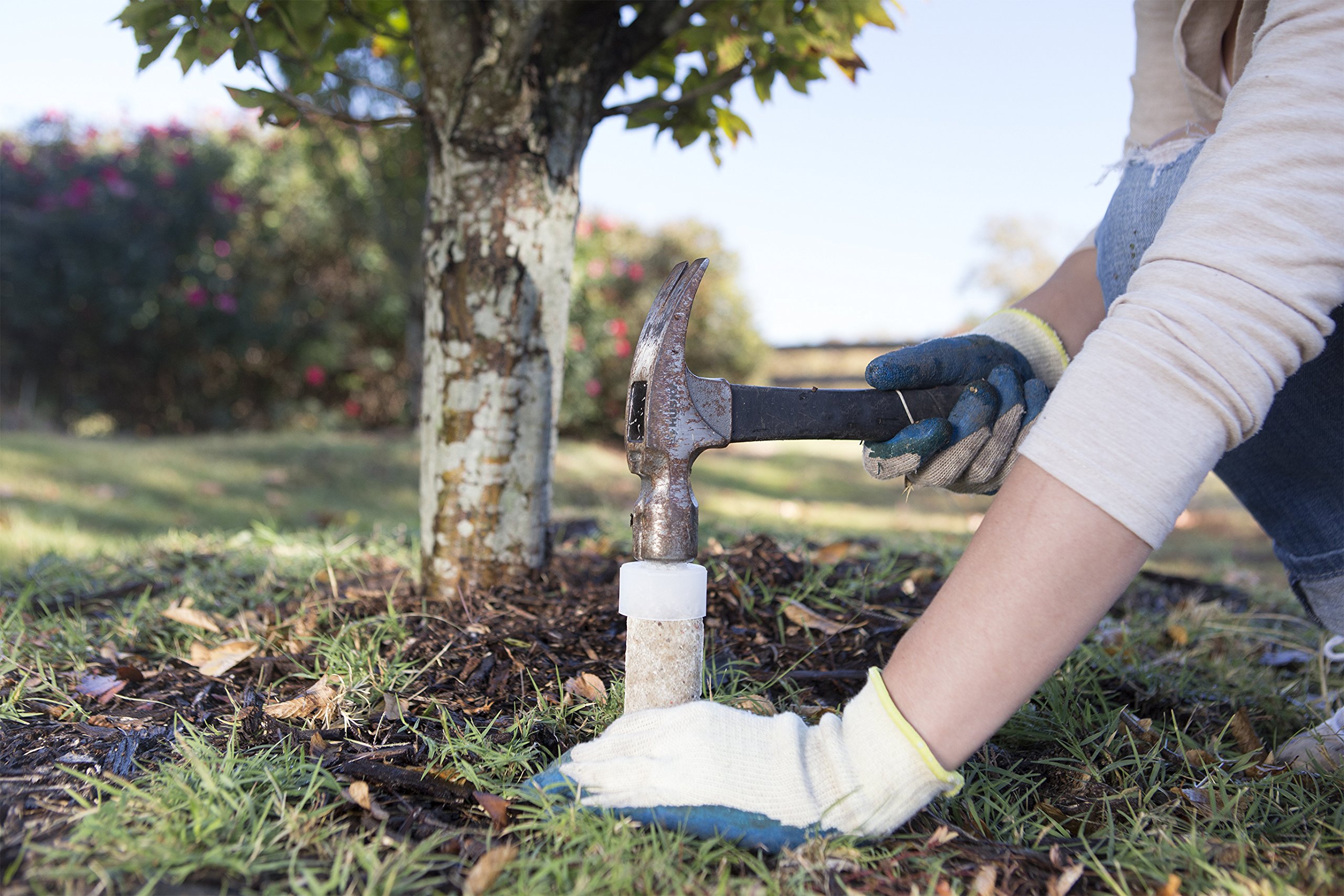
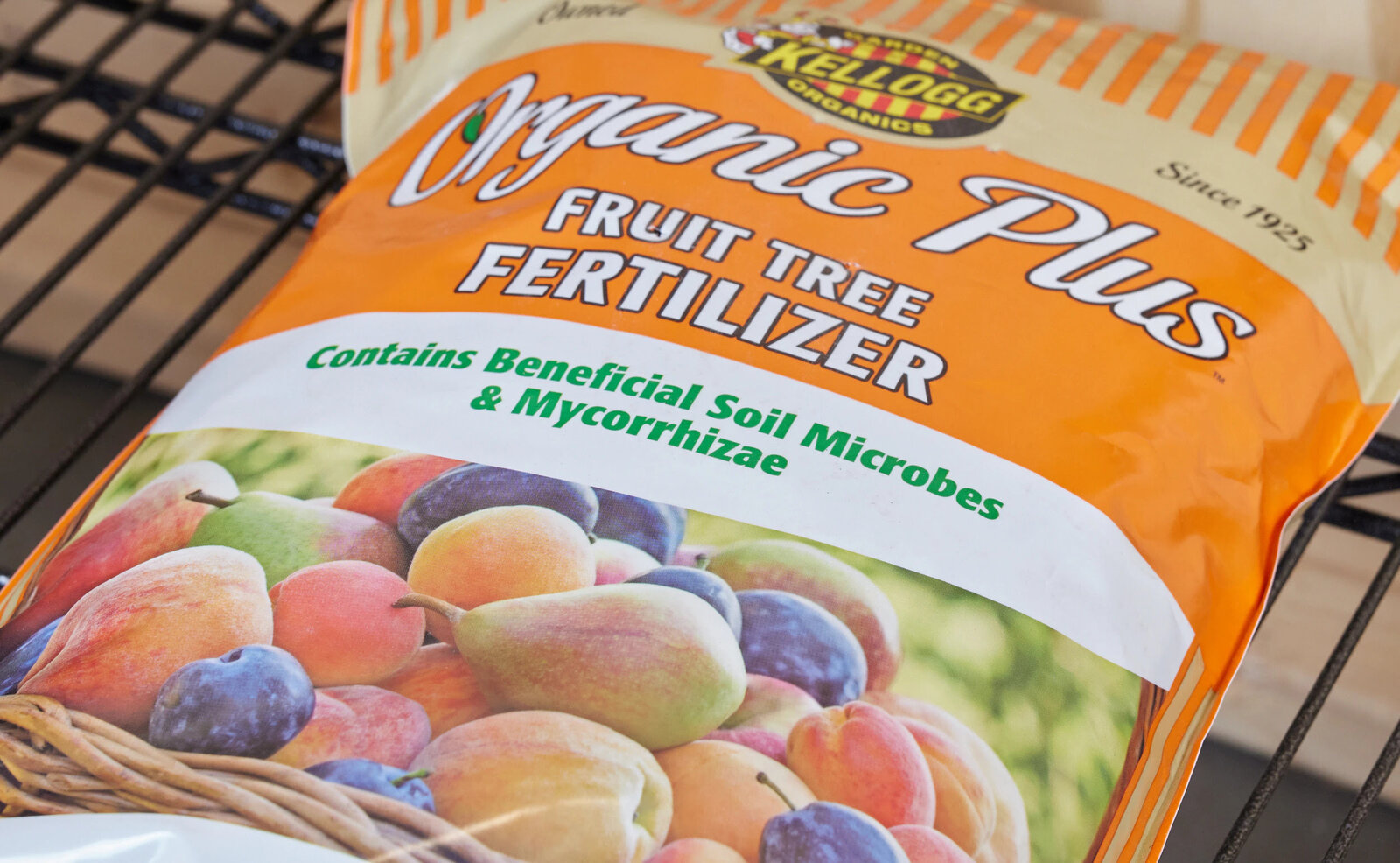
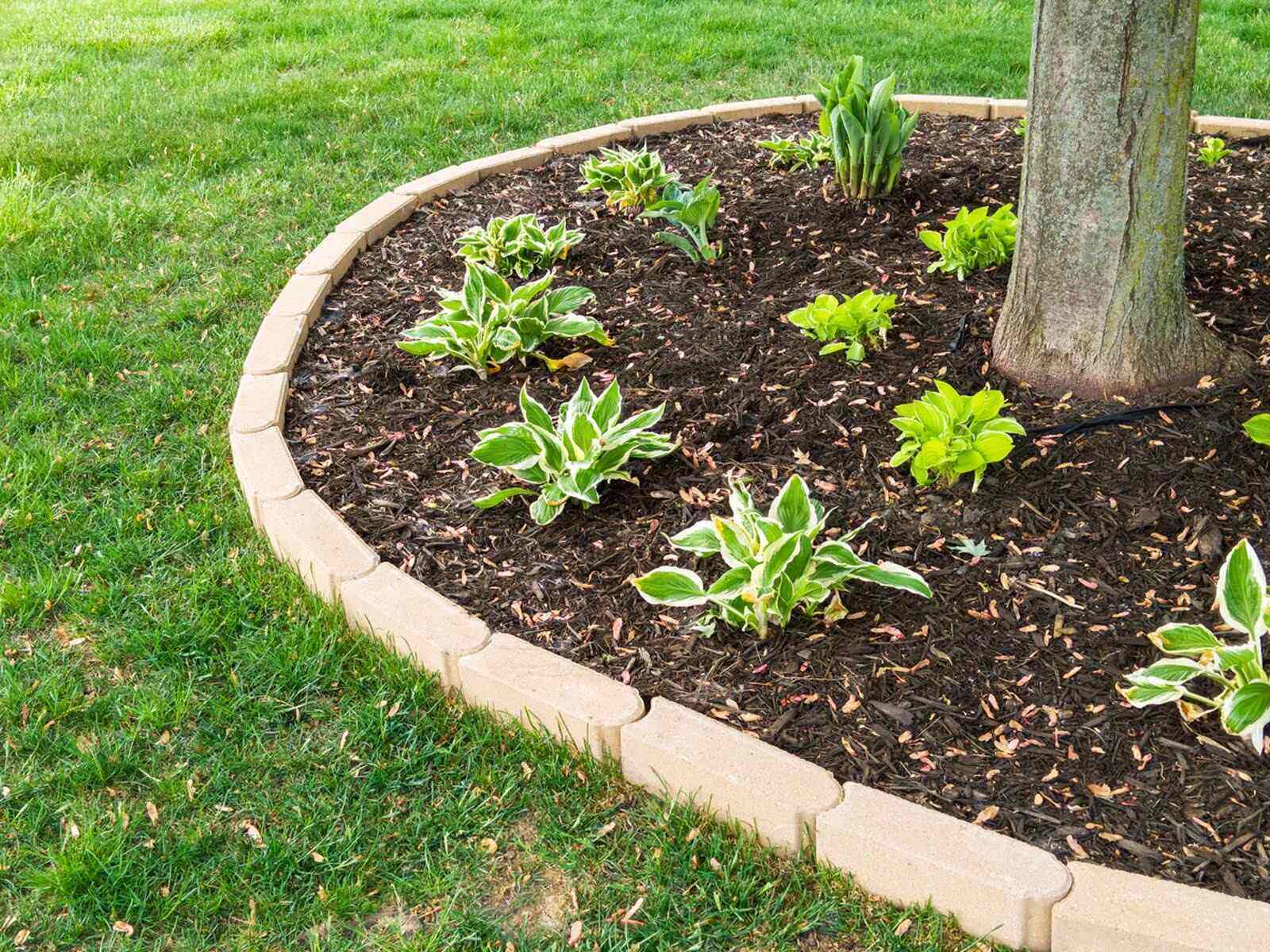
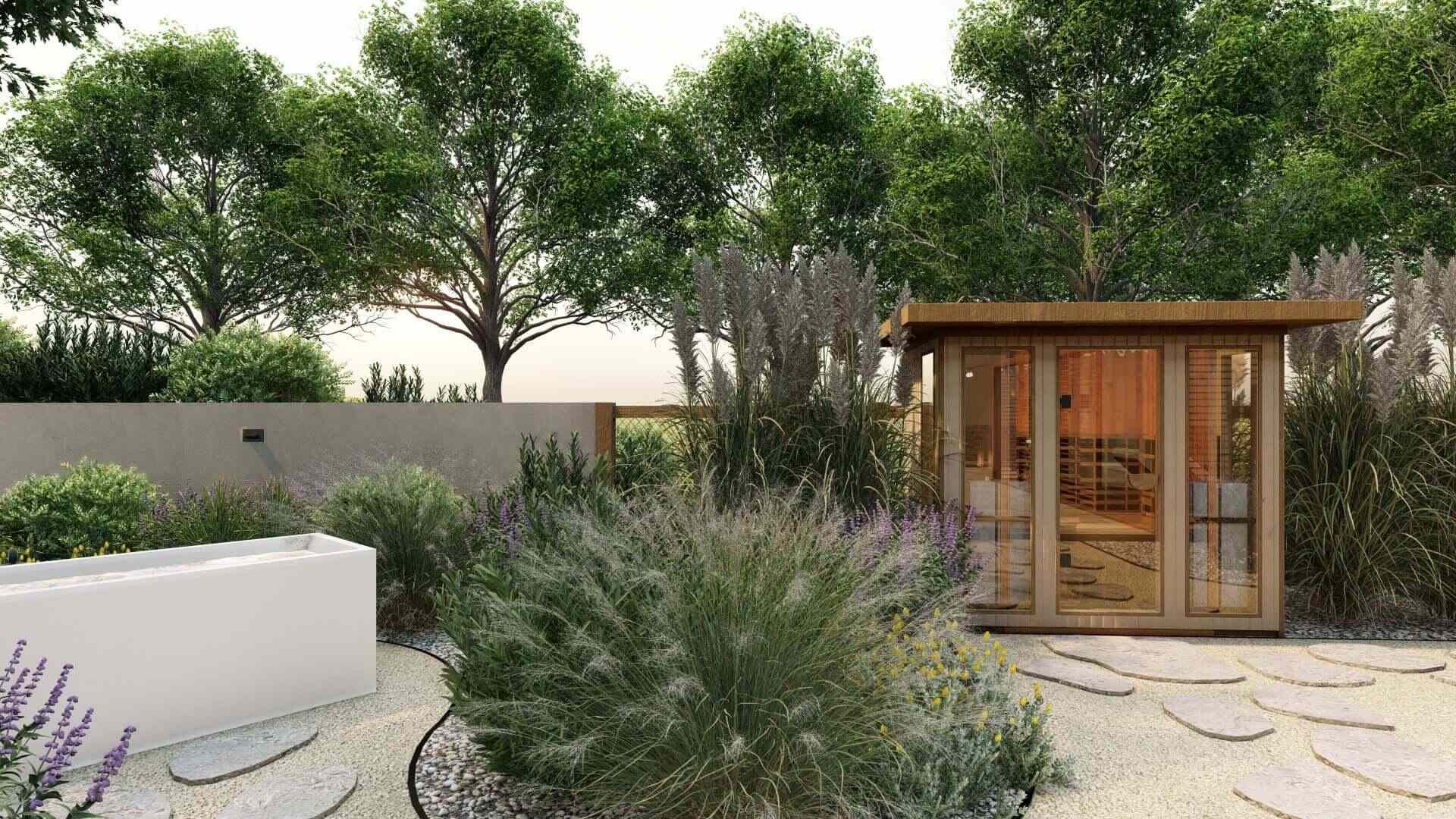
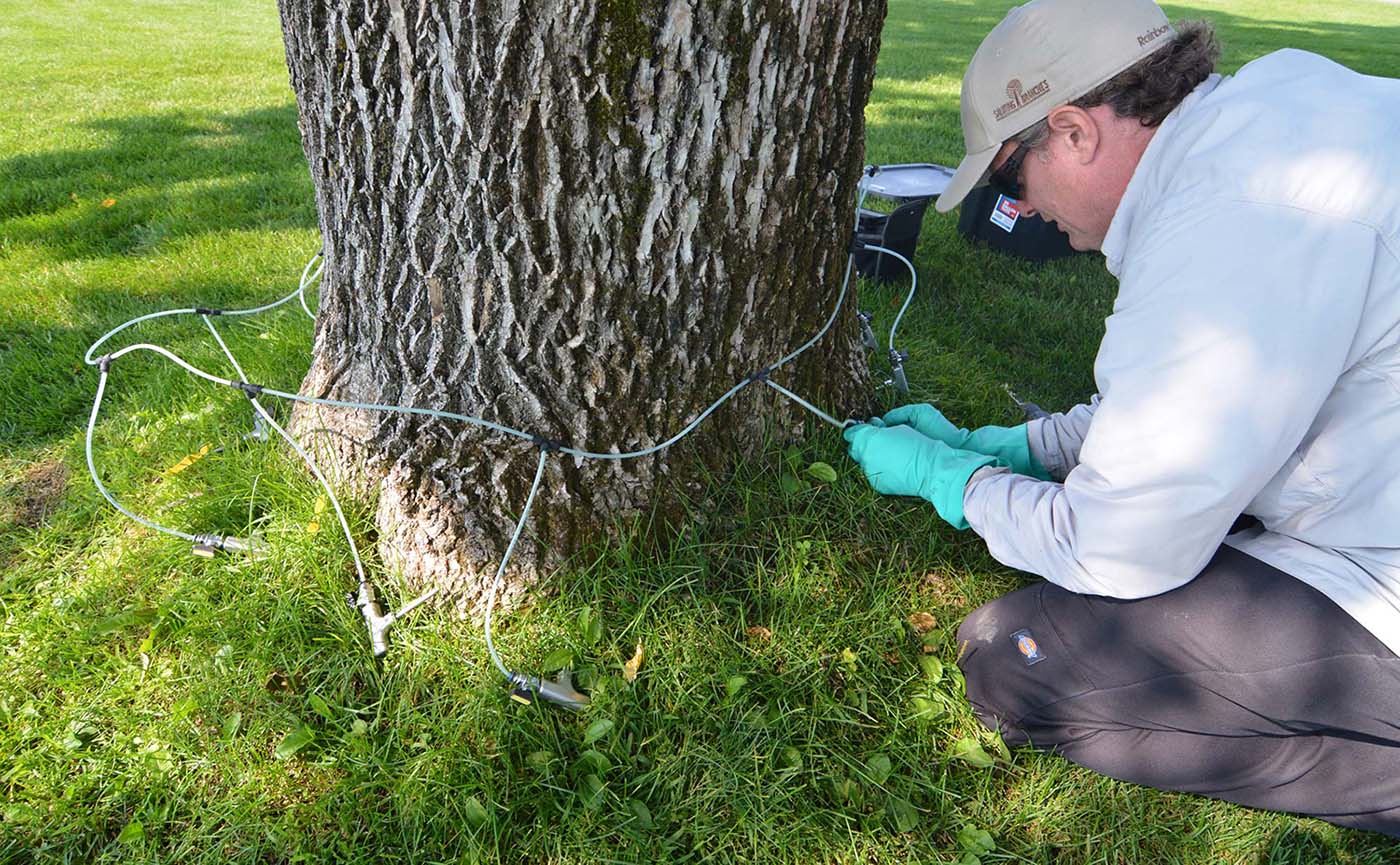
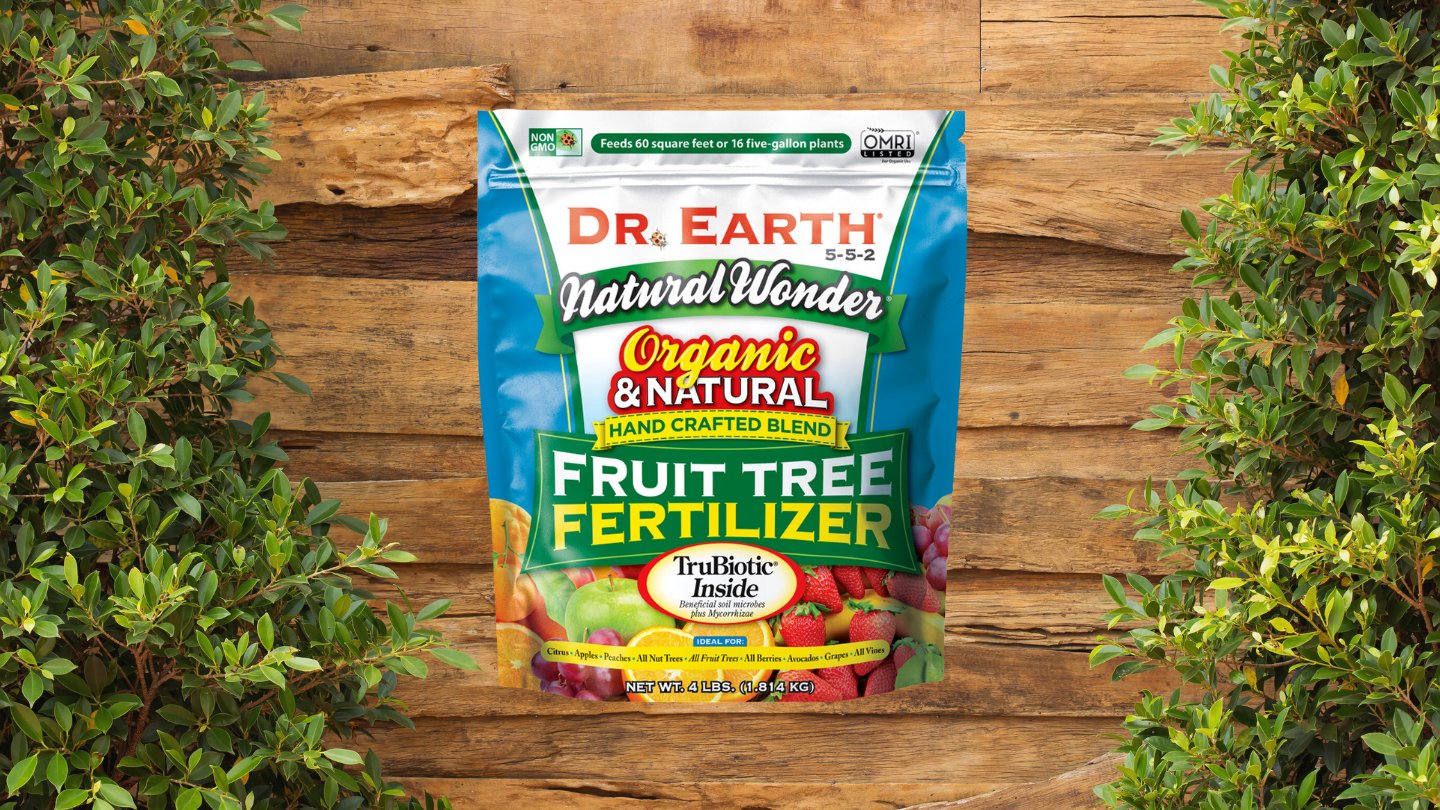
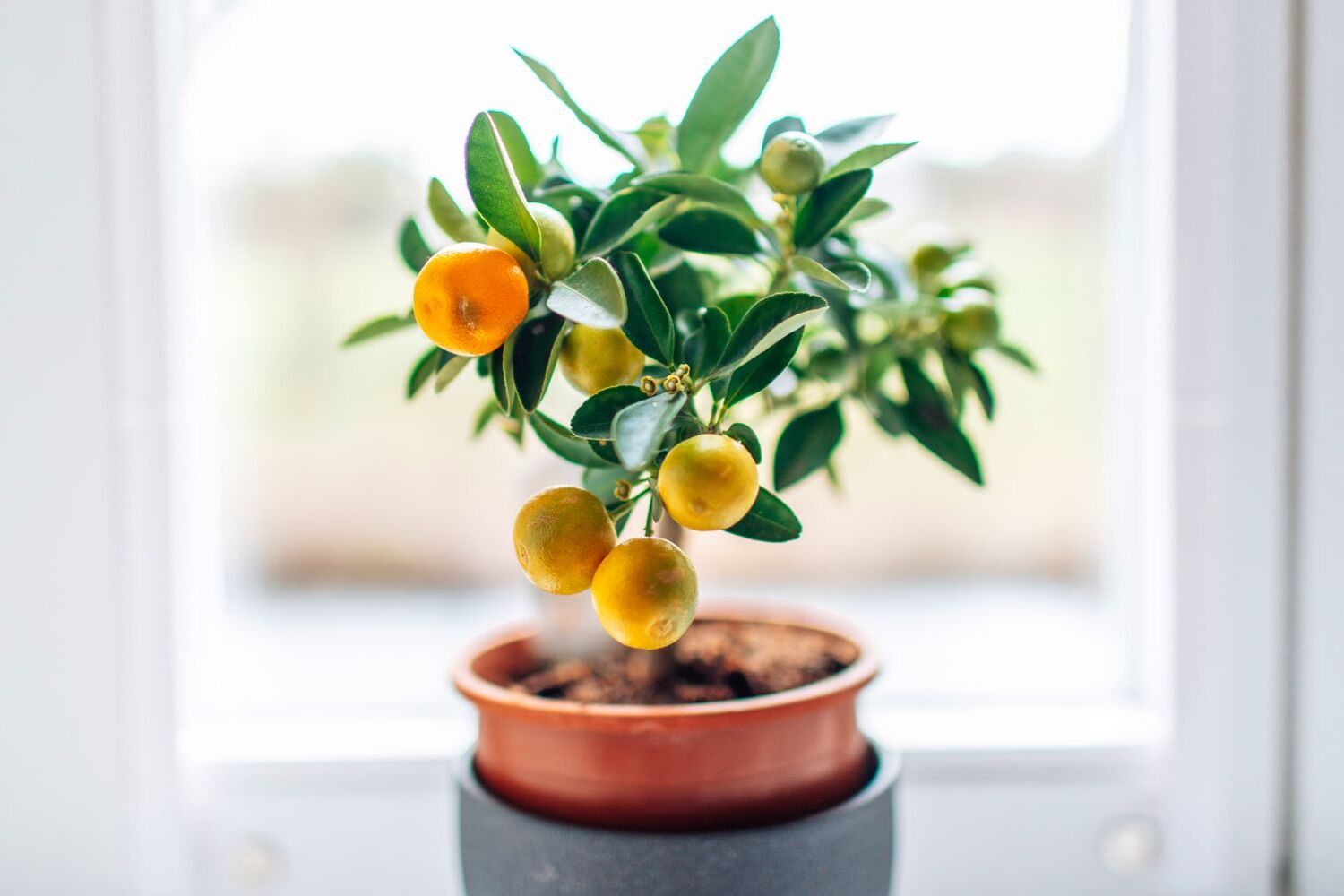
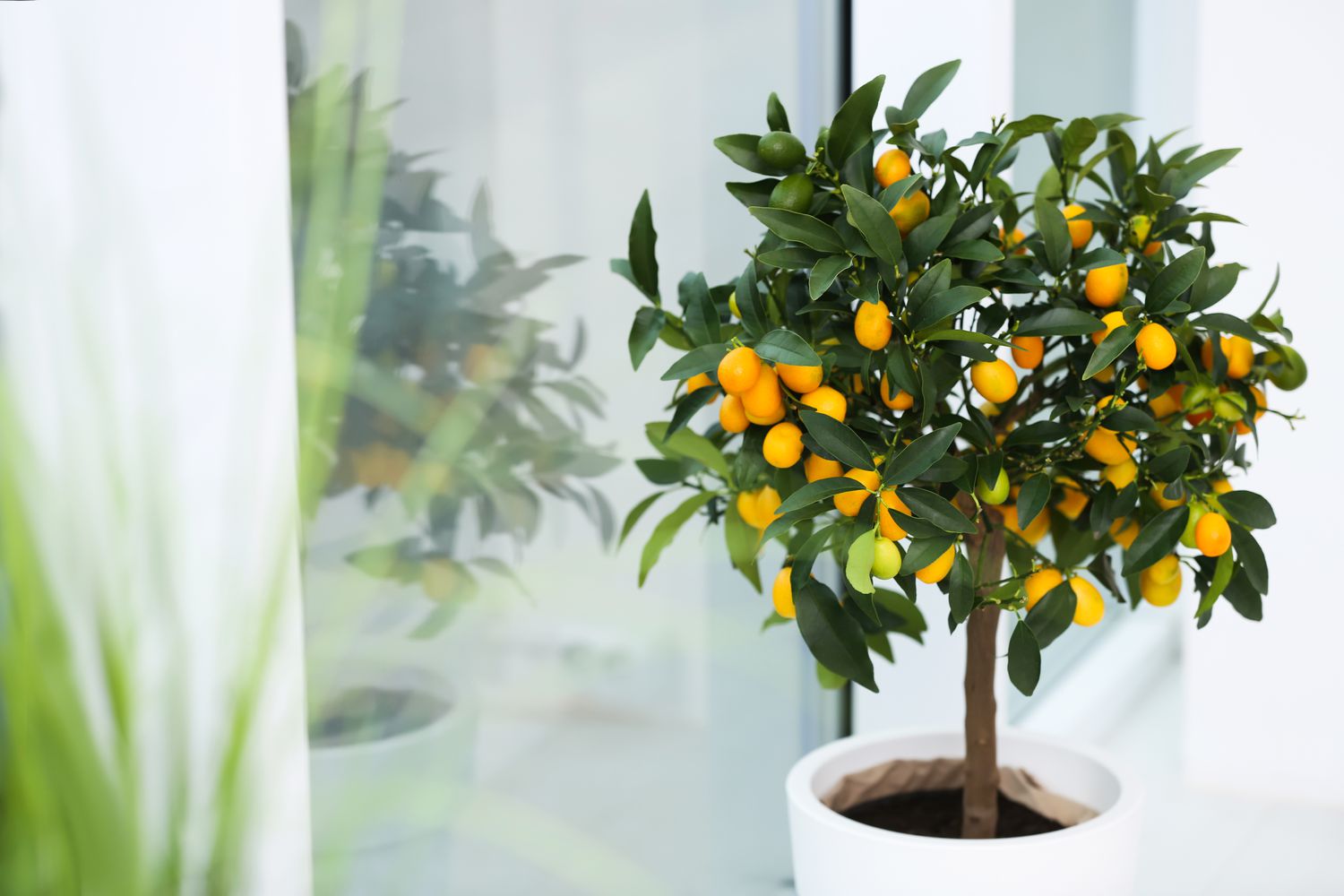
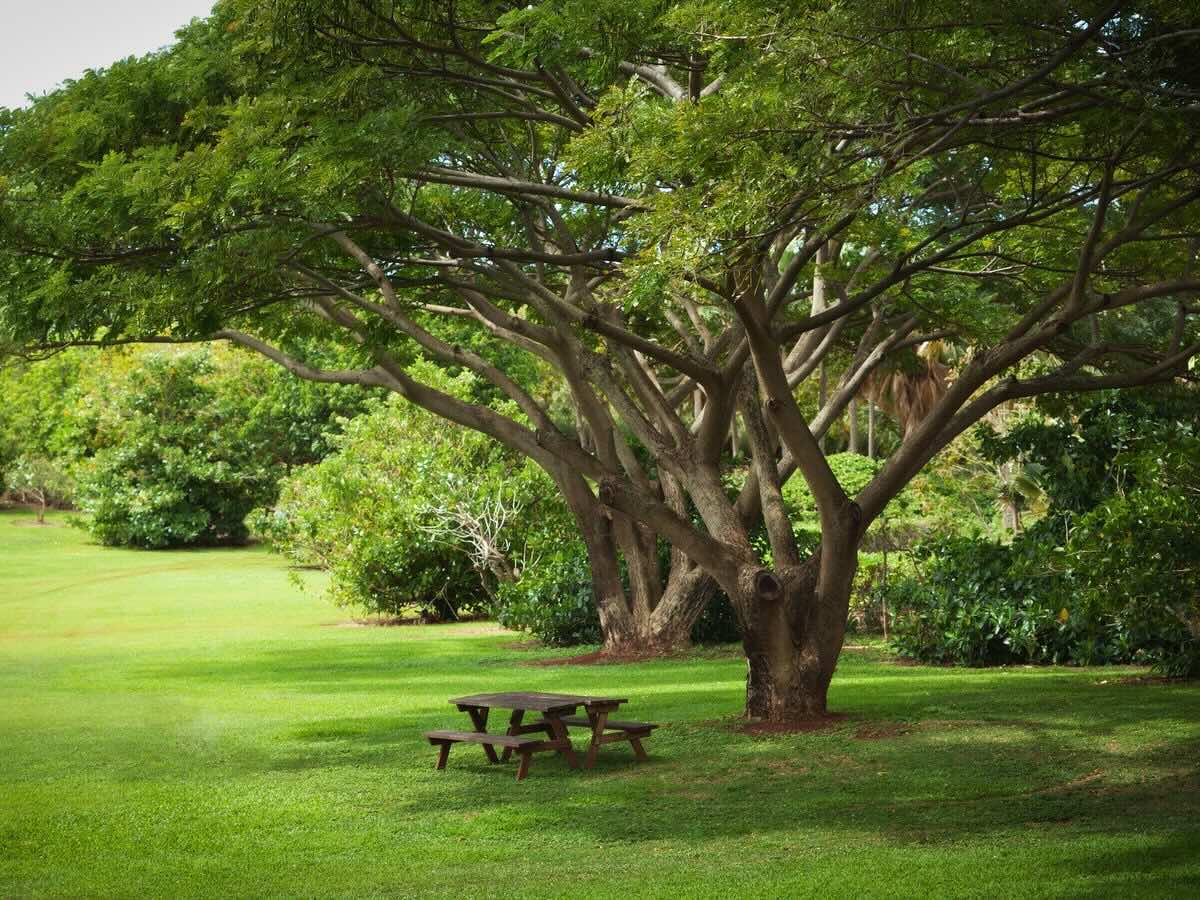
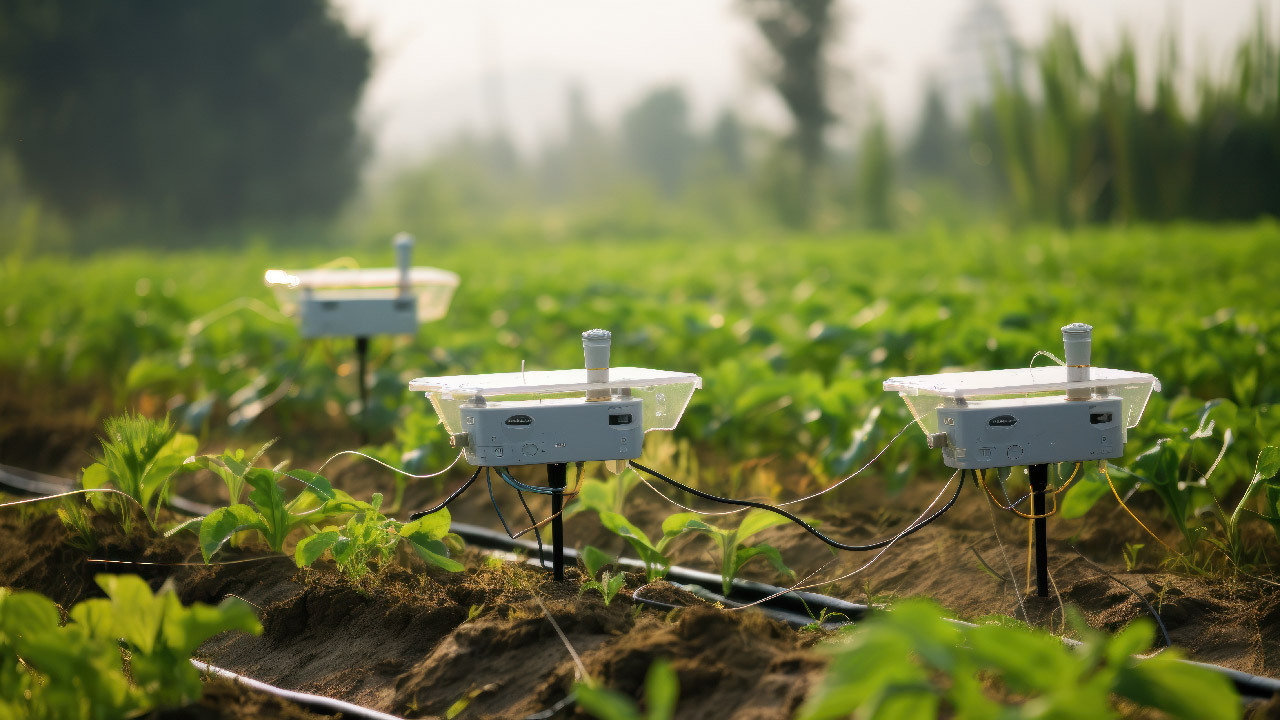
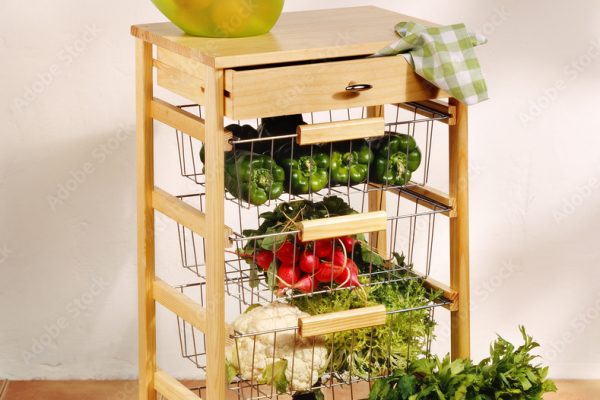

0 thoughts on “Backyard Fruit Tree Espalier Technique Space-Saving Orchard”